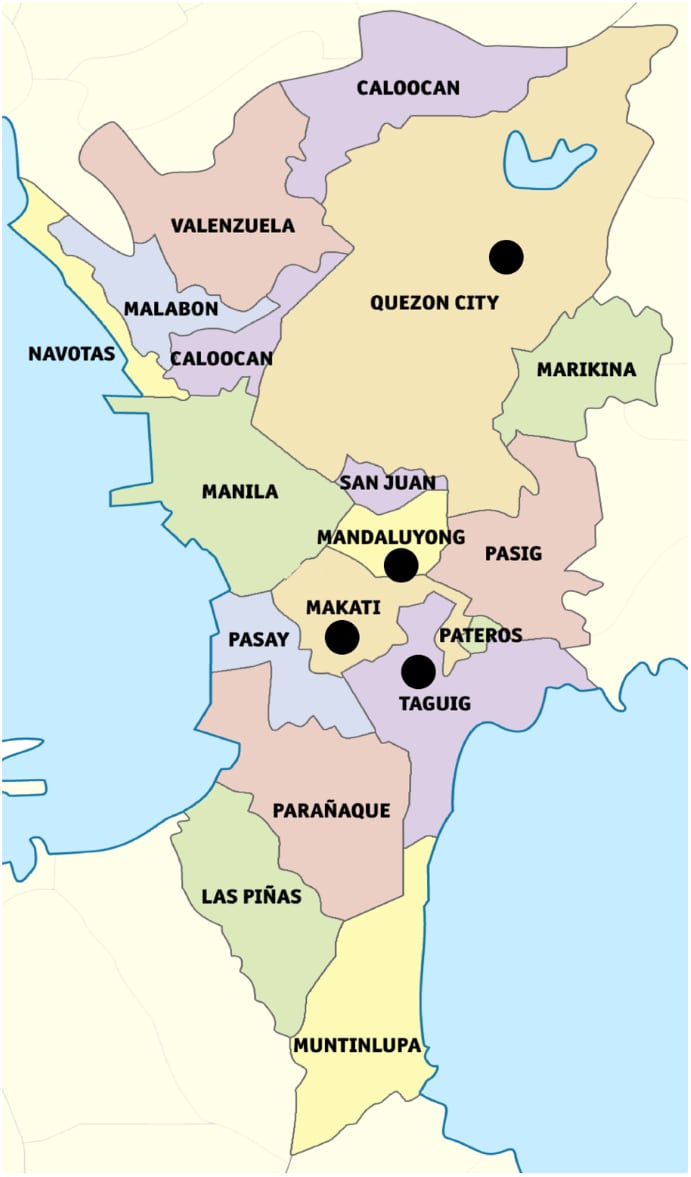VOLUME 13 NUMBER 1 (January to June 2020)

Philipp. Sci. Lett. 2020 13 (1) 34-42
available online: April 14, 2020
*Corresponding author
Email Address: ctbayaga@up.edu.ph
Date received: September 13, 2019
Date revised: March 17, 2020
Date accepted: April 7, 2020
ARTICLE
Sociodemographic factors associated with nutrient intake of women living in urban areas
by Cecile Leah T. Bayaga*1, Yasmin Janina A. Serrano1, Marietoni B. Pico1, Demetria C. Bongga1, and Alonzo A. Gabriel2
1Breastmilk Research Laboratory,
Department of Food Science and Nutrition,
College of Home Economics, University of the Philippines,
Diliman, Quezon City
2Laboratory of Food Microbiology and Hygiene,
Department of Food Science and Nutrition,
College of Home Economics, Diliman, Quezon City
Department of Food Science and Nutrition,
College of Home Economics, University of the Philippines,
Diliman, Quezon City
2Laboratory of Food Microbiology and Hygiene,
Department of Food Science and Nutrition,
College of Home Economics, Diliman, Quezon City
A well-nourished woman is able to perform satisfactorily domestic and reproductive functions. In the family, she most often provides order and discipline to the household. Women also spend more than half of their lives in reproductive years. Thus, they deserve special considerations in policies and intervention programs for food security. This study looked into the association between socio-demographic factors (age, parity, household size, frequency of eating outside of home per month and frequency of meals per day) and nutrient intake of selected Filipino women living in urban areas. A total of 73 women (28 non-pregnant, 22 pregnant, and 23 lactating), living in Metro Manila, Philippines participated in the study. Three questionnaires (Food Habits Questionnaire, Family Composition Questionnaire, and 24- hour food recall) were used to gather data on the socio-demographic characteristics and usual food intake. The nutrient contents of the recalled food items were computed using the values on the Philippine Food Composition Table. Backward multiple linear regression showed that frequency of meals per day significantly affects caloric, carbohydrate, protein, and most micronutrient intake of lactating, and women in general. On the other hand, eating out affects caloric, carbohydrate, protein, and a few of the micronutrient intake among pregnant women. The findings of the study may provide useful insights for formulating relevant policies or guidelines on women’s nutrition and food security intervention programs as well as in effectively implementing existing ones.
© 2025 SciEnggJ
Philippine-American Academy of Science and Engineering